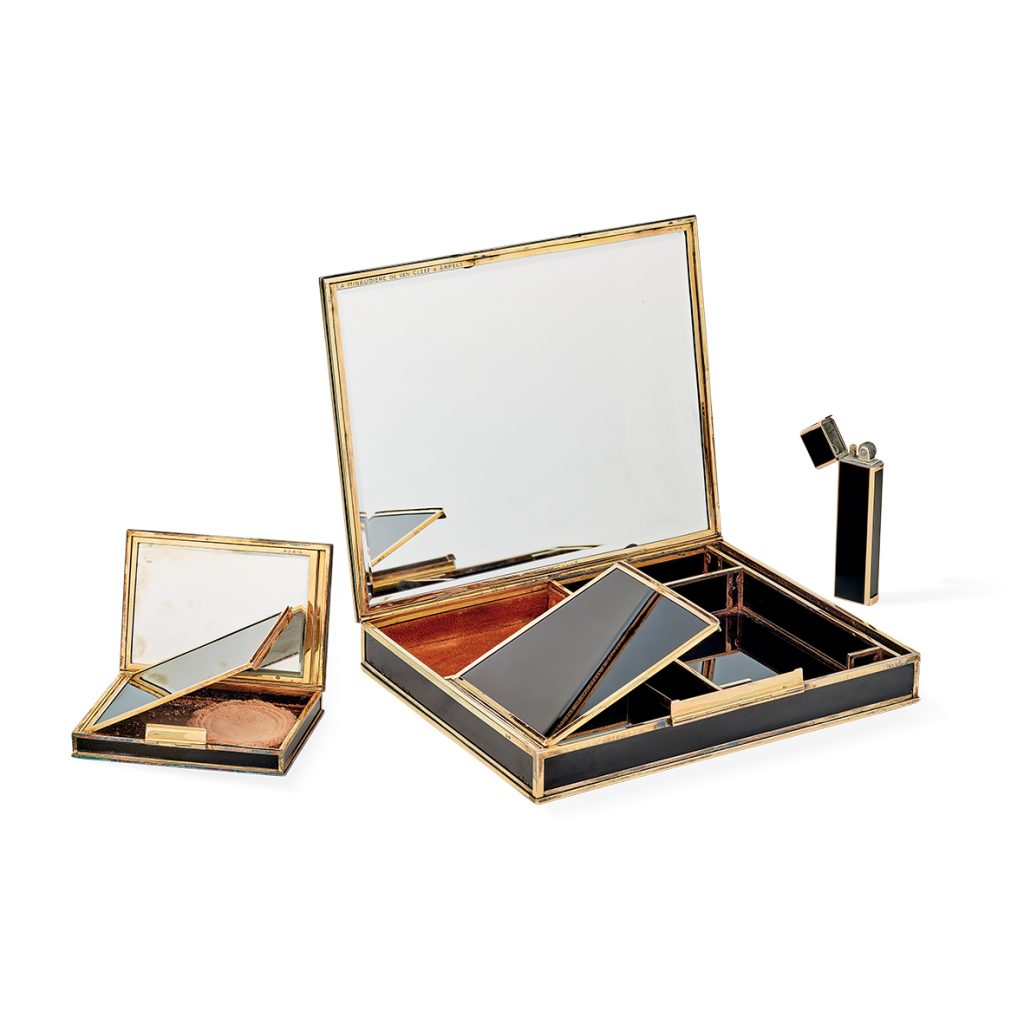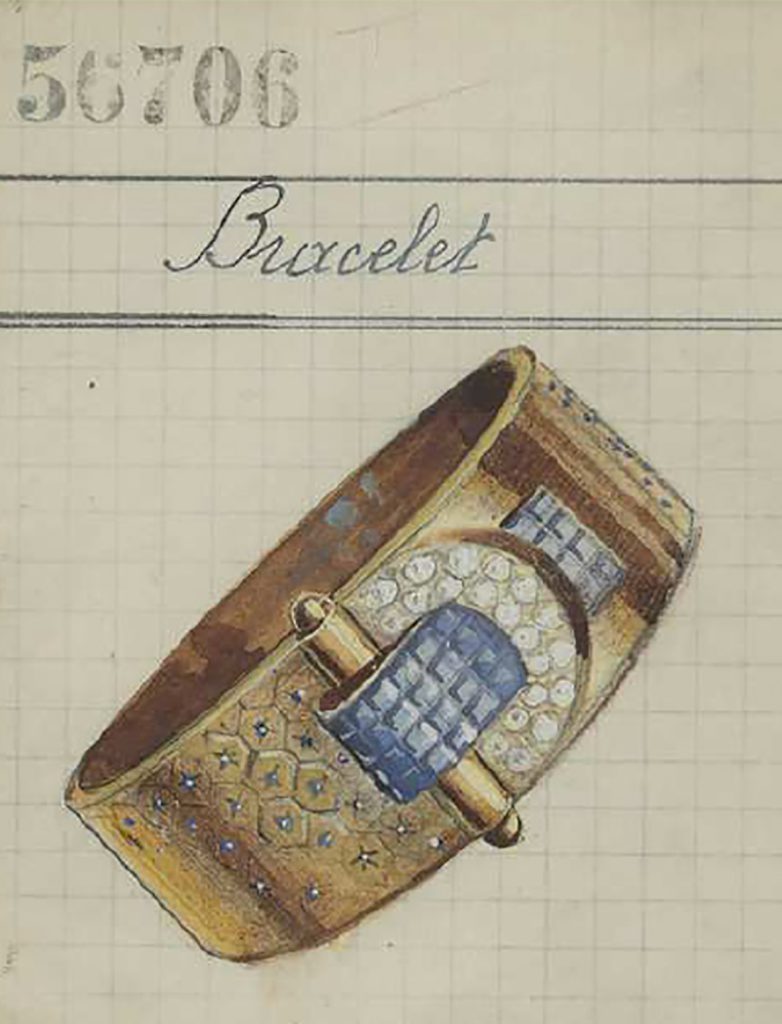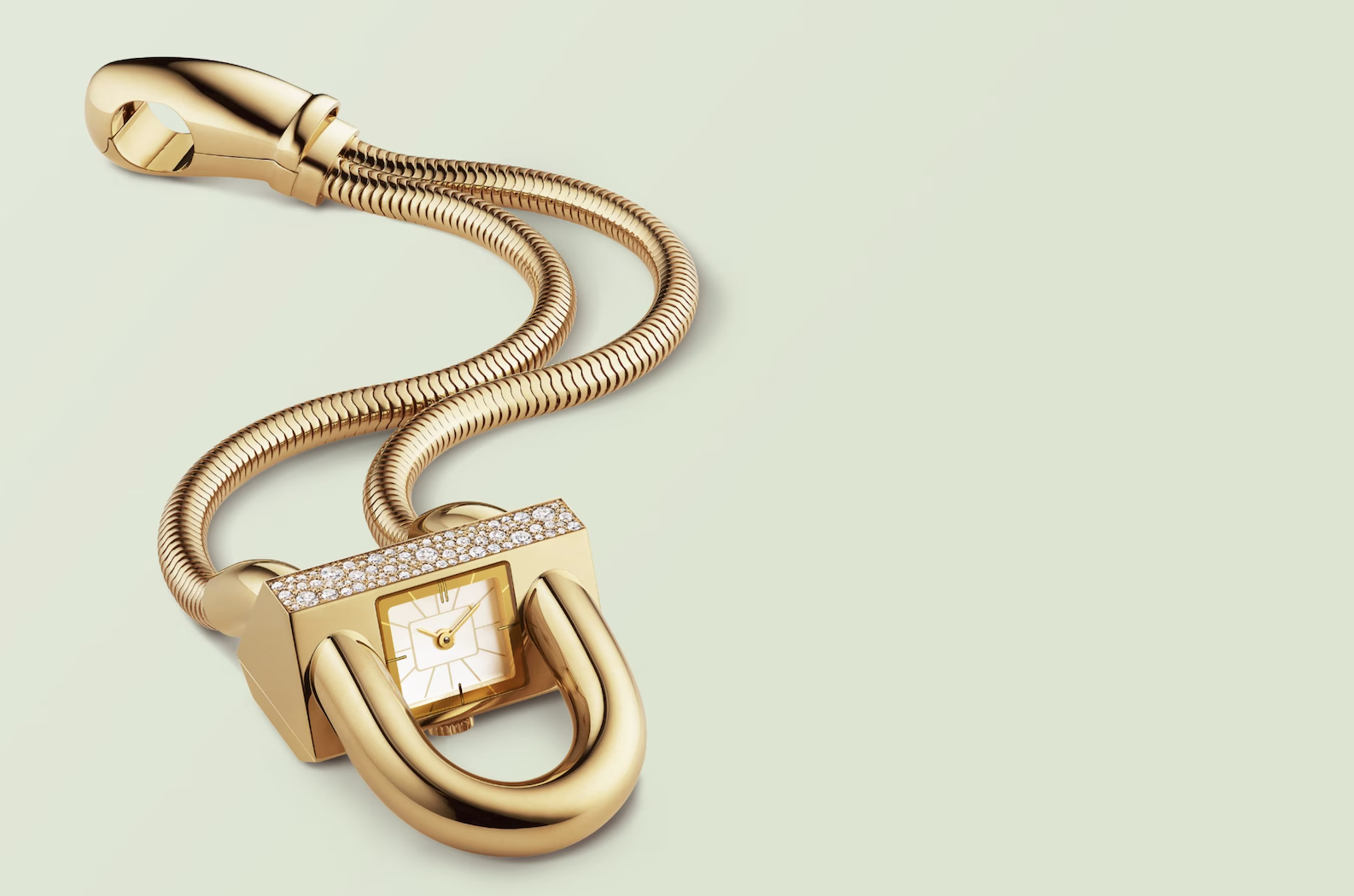In Amsterdam’s Museum Quarter, the new Van Cleef & Arpels boutique nods to its foundations. Parisian chic settles beautifully. An archive gallery presents a curated selection of sketches and iconic pieces, tracing the Maison’s evolution. This time, there was this beauty: the Cadenas. The original. With its angled dial, visible only to the wearer, and padlock-inspired curve, it speaks of discretion and inner strength. It instantly becomes my favourite.
The Maison continues to explore transformation in jewellery. For Van Cleef & Arpels, this also means preserving and sharing its knowledge. Through L’École des Arts Joailliers, founded in 2012, the Maison passes on its savoir-faire to future generations. This school offers classes and exhibitions on gemology, design and craftsmanship, keeping the delicate artistry in focus.
Alhambra, La Minaudière and Ludo. These names shape the ongoing story. For nearly 130 years, the Maison moves through love, invention and heritage. It all begins in 1896 with the marriage of Dutch-born Alfred Van Cleef, son of a stonecutter, and Estelle Arpels, daughter of a gem dealer. From the start, the Maison blends technical finesse with imaginative design and craftsmanship. Over time, Van Cleef & Arpels files numerous patents that still influence high jewellery today. Among the most famous is the Mystery Set, patented in 1933. This intricate technique allows gemstones to float with no visible metal. Pure illusion. A tour de force of technical brilliance.


Minaudière, 1935 Platinum, yellow gold, lacquer, and diamonds. Van Cleef & Arpels Collection, Product card of a Ludo Hexagone bracelet, 1946. Van Cleef & Arpels Archives.
The 1930s, often called Hollywood’s Golden Age, mark international recognition. The Maison becomes synonymous with modern glamour. The pieces reflect the era’s spirit, expressive and cinematic. Actress Marlene Dietrich famously wears her custom-made Jarretière bracelet, set with rubies and diamonds, both on and off screen. This decade also introduces three designs that remain contemporary icons: the Minaudière, the Ludo bracelet with its belt-buckle clasp and the bold Cadenas watch.
The Minaudière, first introduced in 1933, is inspired by American writer and socialite Florence Jay Gould, who keeps her evening essentials in a cigarette tin. Charles Arpels transforms that habit into an elegant object. This sleek, structured case holds everything a woman might need for a stylish night out. Over time, minaudière becomes an iconic word in fashion, a rare example of a proprietary design entering the cultural lexicon.
The Ludo, also from the 1930s, takes its name from Louis Arpels. With its belt-like clasp and flexible brick-pattern links, the bracelet feels both tailored and sensual, like jewellery stitched from gold. Its blend of structure and ease gives it a distinct presence that still resonates today.
Discover more: www.vancleefarpels.com
All images, courtesy of Van Cleef & Arpels SA




